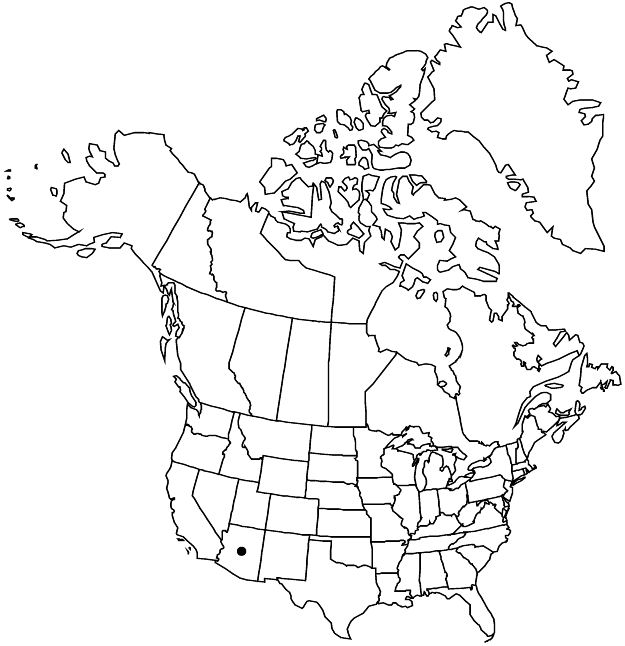Difference between revisions of "Argythamnia adenophora"
Proc. Amer. Acad. Arts 8: 294. 1870.
FNA>Volume Importer |
FNA>Volume Importer |
||
| Line 55: | Line 55: | ||
|publication year=1870 | |publication year=1870 | ||
|special status=Illustrated | |special status=Illustrated | ||
| − | |source xml=https://jpend@bitbucket.org/aafc-mbb/fna-data-curation.git/src/ | + | |source xml=https://jpend@bitbucket.org/aafc-mbb/fna-data-curation.git/src/f50eec43f223ca0e34566be0b046453a0960e173/coarse_grained_fna_xml/V12/V12_680.xml |
|genus=Argythamnia | |genus=Argythamnia | ||
|species=Argythamnia adenophora | |species=Argythamnia adenophora | ||
Revision as of 19:55, 16 December 2019
Herbs or subshrubs, perennial, monoecious, to 10 dm. Stems erect, usually hairy, hairs simple. Leaves: stipules usually persistent, elliptic to ovate, frequently divided in 2 unequal segments, 1–8 mm, margins with tack-shaped glands; petiole 4–15 mm, with tack-shaped glands; blade elliptic, 1.5–6.5 × 0.7–1.8 cm, margins glandular-serrulate, with tack-shaped glands, surfaces usually hairy, hairs simple. Inflorescences bisexual, 0.9–1.8 cm; bracts elliptic to lanceolate, to 7 mm, margins with tack-shaped glands. Flowers without pink dye when wetted. Staminate flowers: sepals lanceolate, 3–4 × 0.4–1.2 mm; petals elliptic to obovate, 4–7 × 1.4–1.8 mm, adnate to androphore; nectary glands ovate, 0.5–0.7 × 0.3 mm, adnate to androphore, glabrous; stamens 10, staminodes 3–5, glabrous. Pistillate flowers: sepals ovate, 4–6.5 × 1.4–2.1 mm, with tack-shaped glands; petals 5, elliptic, 4–6 × 1.3–2.1 mm; nectary glands ovate, 0.5–1 × 0.3–0.6 mm, glabrous; ovary hispidulous, hairs malpighiaceous; styles 1.5–2.5 mm, pilose; stigmas flattened. Capsules 4–4.7 mm, hispidulous, long and short malpighiaceous hairs mixed. Seeds 3–3.3 mm, with shallow depressions and sometimes also striate.
Phenology: Flowering Jan–Mar and Jul–Oct.
Habitat: Desert scrub, rocky soils.
Elevation: 0–700 m.
Distribution

Ariz., Mexico (Sonora).
Discussion
Argythamnia adenophora is closely related to A. claryana and they sometimes have been treated as a single species (F. Shreve and I. L. Wiggins 1964, vol. 1). Argythamnia claryana has malpighiaceous hairs throughout the plant and non-stipitate, conic glands along the margins of the leaves, stipules, and pistillate sepals. In contrast, A. adenophora has malpighiaceous hairs exclusively on the ovaries and capsules and simple hairs elsewhere, and the marginal glands on the leaves, stipules, and pistillate sepals are clearly stipitate and tack-shaped. In the flora area, A. adenophora is found in southwestern Arizona.
Selected References
None.
